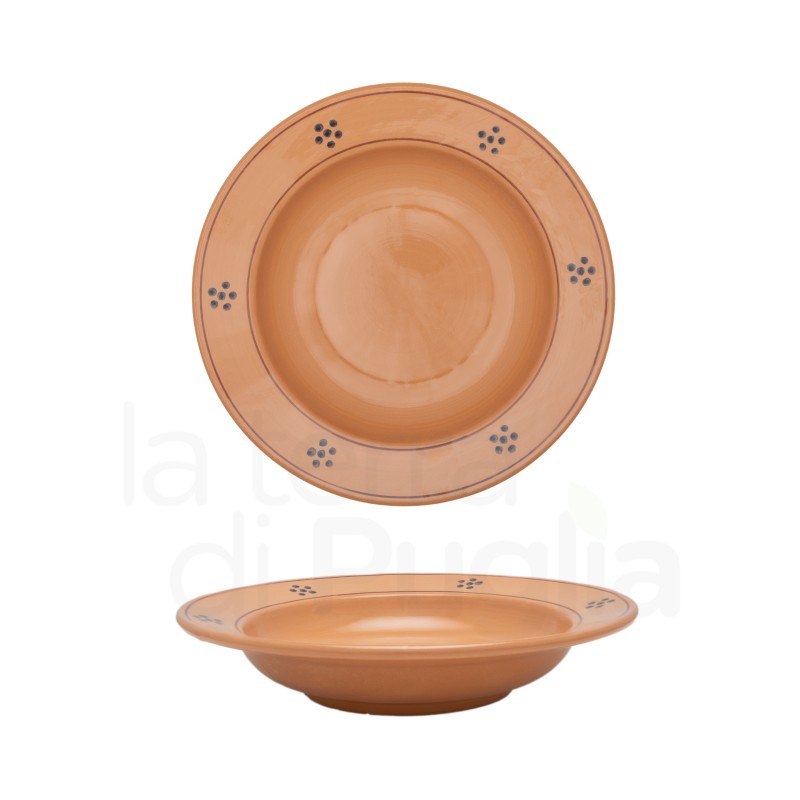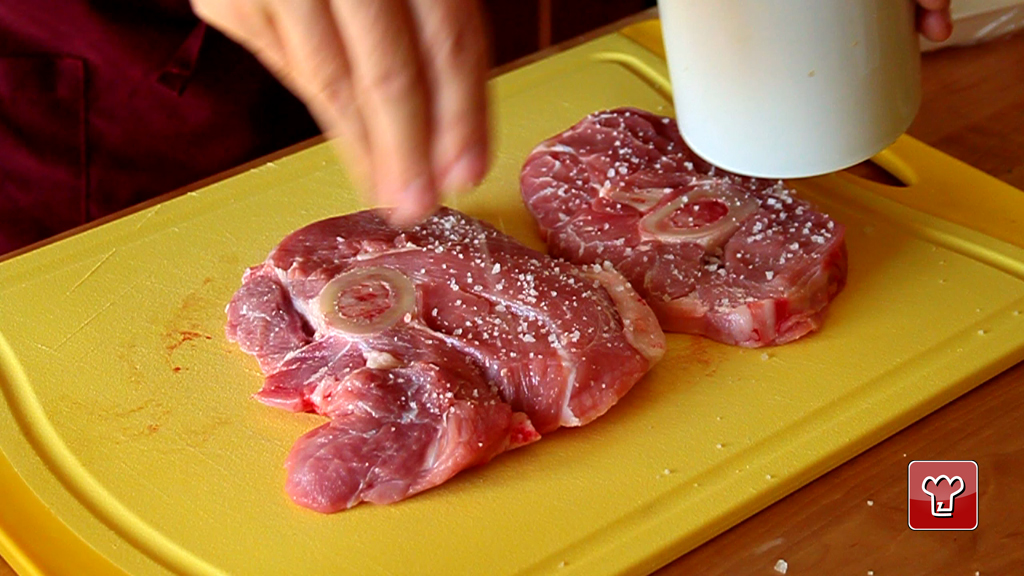Ossobuco
Ossobuco, especially when served with a saffron risotto, is a symbol of the culinary tradition of Milan and of Italy in general. Today our chef teaches us how to make it to perfection. There are numerous elements to making an excellent ossobuco, and so there are many different versions and interpretations of this fabulous meat main course. In general, however, the principal two pieces of advice are these: buy the best quality meat cuts and take great care when making the finely chopped garnish of lemon, garlic and fresh parsley.
Ingredients
-
onions
-
Flour
-
oil

Send the recipe
Preparation
Salt the ossobuco cuts with sea salt and then sprinkle with the flour. Heat some oil in a pan with high sides and brown the meat. Cut the onion into thick slices and the carrots into rounds. Turn the meat over and add the vegetables, then add a little stock and cover the pan. Cook for an hour over a low heat, adding stock if necessary. When ready, serve with a generous sprinkling of grated lemon zest and, if you like, with a classic risotto Milanese.
Step by step
|
View the step by step
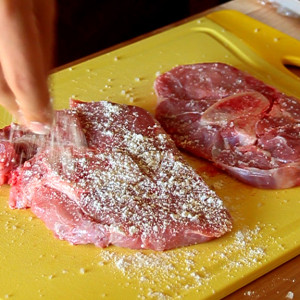
|
Flour both sides of the meat
|
|
View the step by step
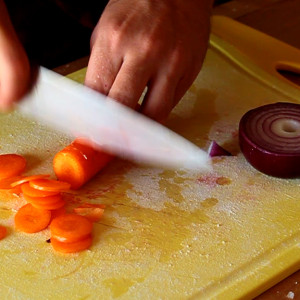
|
Cut the carrots, not too thinly
|
|
View the step by step
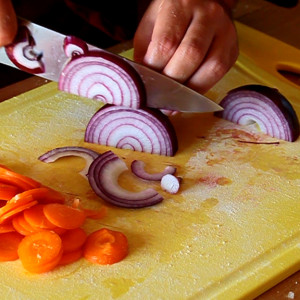
|
Cut the onion into thick slices
|
|
View the step by step
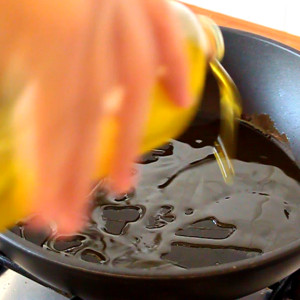
|
Heat a dash of oil in a frying pan
|
|
View the step by step
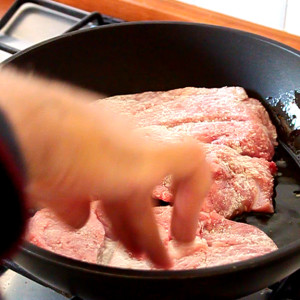
|
Brown the meat in the frying pan
|
|
View the step by step
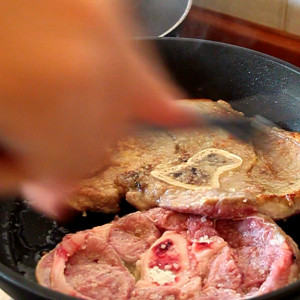
|
Once one side is browned, turn the cutlets over and brown the other side
|
|
View the step by step
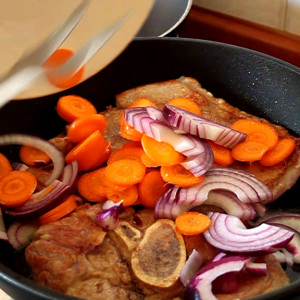
|
Add the veg to the frying pan and brown
|
|
View the step by step
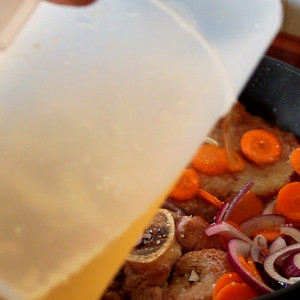
|
Add enough meat stock to cover everything
|
|
View the step by step
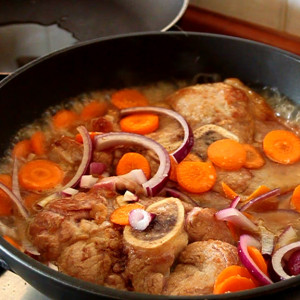
|
Cook the ossobuco in the stock with the vegetables on a low flame, adding stock and water as necessary
|
|
View the step by step
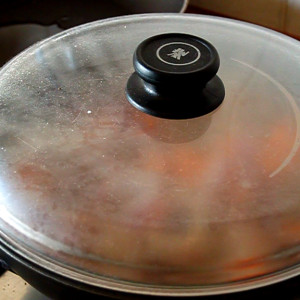
|
Cover the pan and leave to cook
|
|
View the step by step
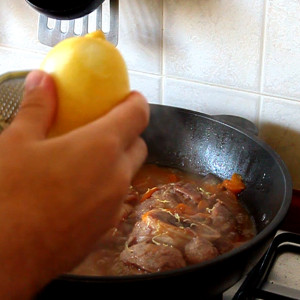
|
Add a little lemon zest
|
|
View the step by step
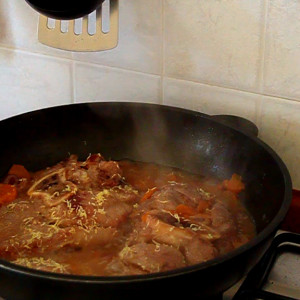
|
Reduce the sauce in the pan
|
|
View the step by step
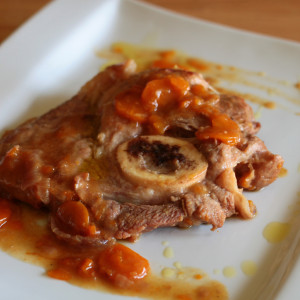
|
Here is the ossobuco as made by our chef
|



